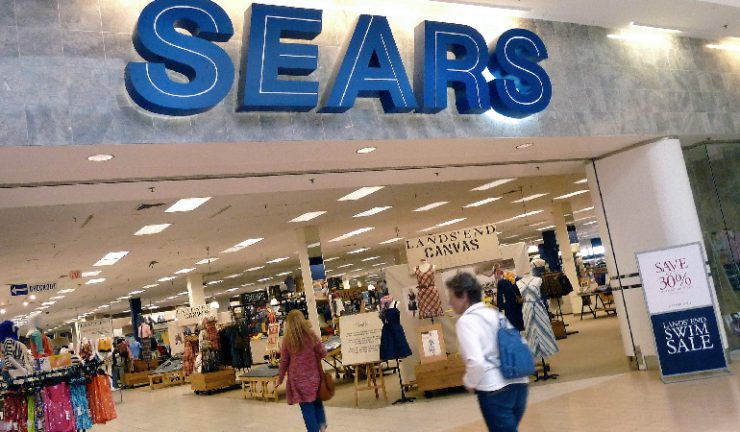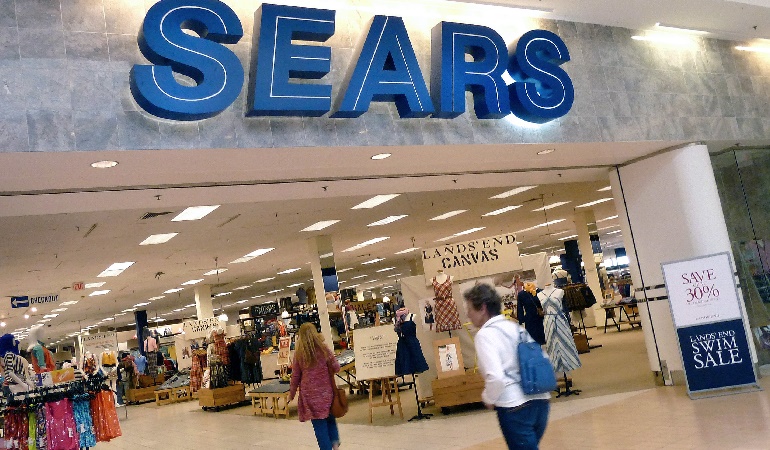Management changes, store closures.
US retailer, Sears Holdings has filed for bankruptcy under Chapter 11 of the Bankruptcy Code with approval from the US Court. The retailer will continue operating as it tries to improve its financial position and establish a sustainable capital structure.
Sears will also continue paying employee wages and benefits, as well as honour member programs including warranties and promotions.
In support of the restructuring process, Sears CEO, Edward Lampert has stepped down from his role but will remain chairman of the board. A special restructuring committee will oversee the process and have decision making authority with respect to transactions involving affiliated parties.
Sears has also appointed US turnaround professional, Mohsin Y. Meghji as chief restructuring officer. He has a track record of revitialising companies experiencing financial, operational or strategic transitions.
It has been confirmed that 142 unprofitable stores will be closed near the end of the year with liquidation sales beginning shortly. This is in addition to the previously announced closure of 46 unprofitable stores by November 2018.
Sears chief financial officer, Robert Riecker said, “Our stores, online and mobile platforms, and related businesses are open and we continue to offer our customers and members the brands and products they want.
“We look forward to continuing to engage in productive discussions with our creditors and stake holders to pursue a plan of reorganisation as expeditiously as possible.”

Analyst says Sears has been ‘doomed since the 1980s’
GlobalData Retail managing director, Neil Saunders has weighed in on the collapse of Sears, suggesting that a failure to understand retail and evolve is to blame.
“Today is a day that will live in retail infamy. That a storied retailer, once at the pinnacle of the industry, should collapse in such a shabby state of disarray is both terrible and scandalous in equal measure. However, it is not surprising because this is a destination that Sears has been headed towards for many years, with virtually no serious attempt having ever been made to change the trajectory.
“In our view there are a multitude of factors that have contributed to Sears’ demise, but foremost among them is management. Although the present leadership team needs to shoulder much of the responsibility, the missteps arguably go back to the 1980s when Sears became too diversified and lost the deftness that had once made it the world’s largest and most innovative retailer.”
“In our view, too much rot has set in at Sears to make it viable business. The brand is now tarnished just as the economics of its model are firmly stacked against its future success.
“That said, trading through the holidays is a reasonable tactic, not least because it will allow Sears to clear down some inventory and ensure that at least some staff can keep their jobs, even if only temporarily. Even so, Sears will still be running up a down escalator. Many consumers will now be nervous about buying bigger ticket items from the retailer for fear that it may not be around to back guarantees or fix problems come the new year.
“Ultimately, Sears needs not just to fix its financial problems. It also needs to repair the deficiencies in terms of retail strategy. In our opinion, only a complete change of management will bring this about.”

